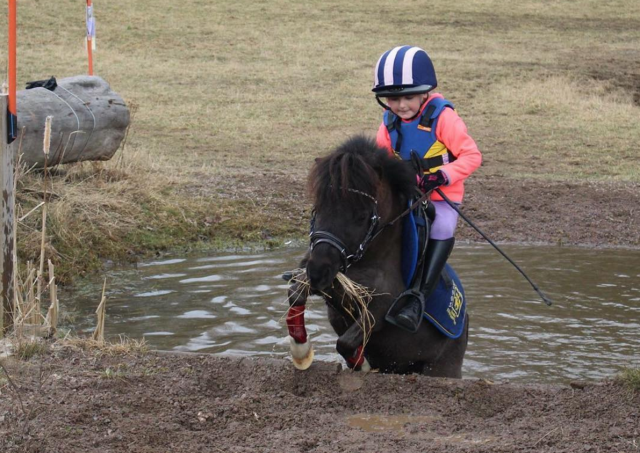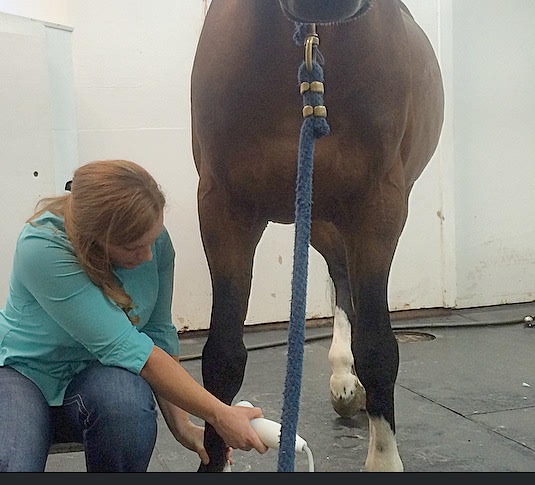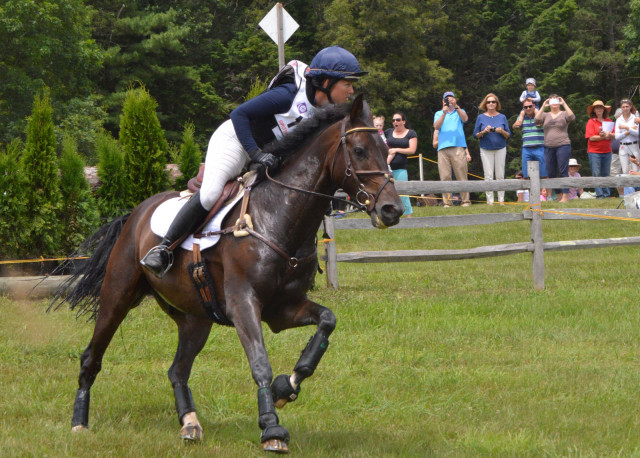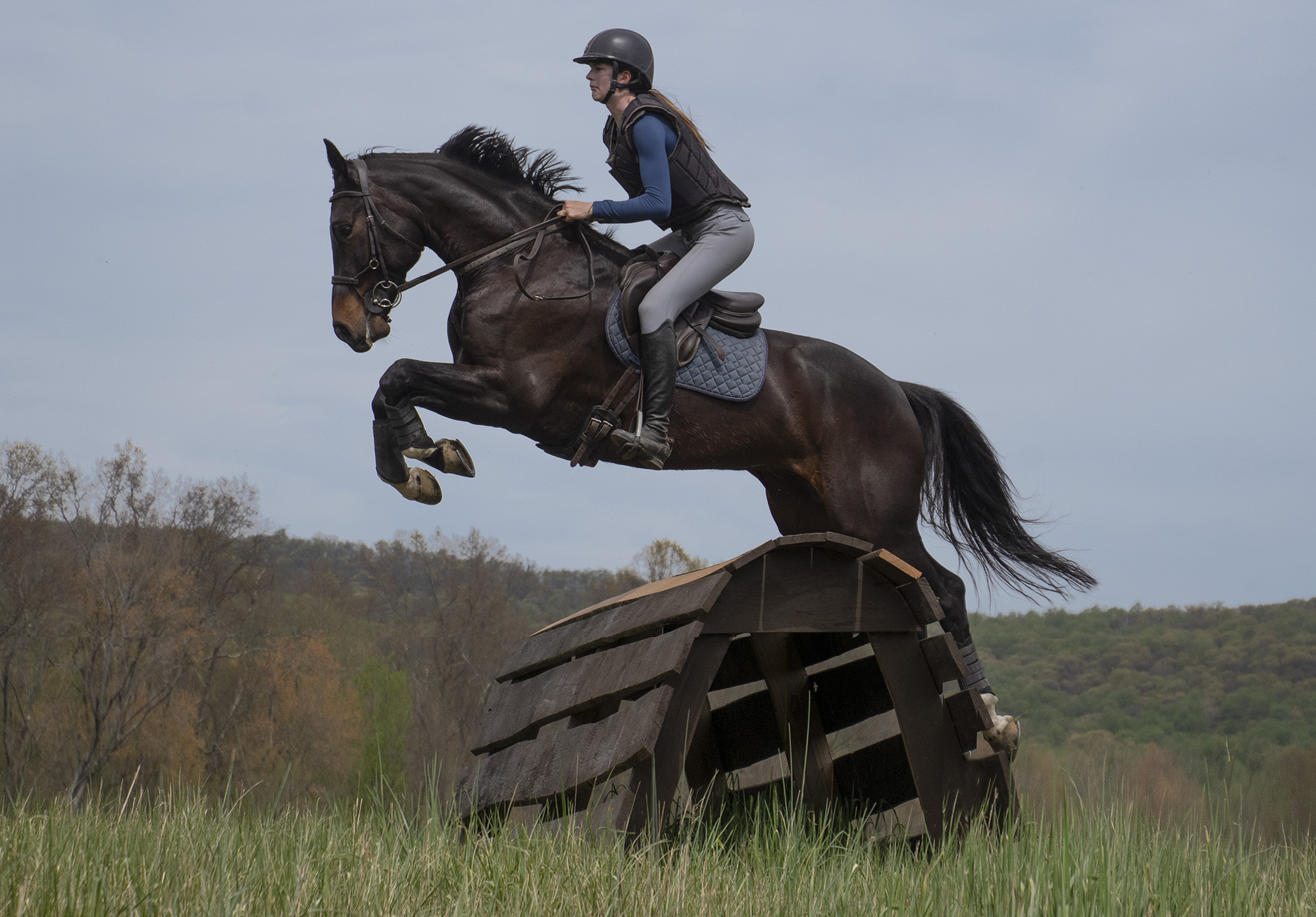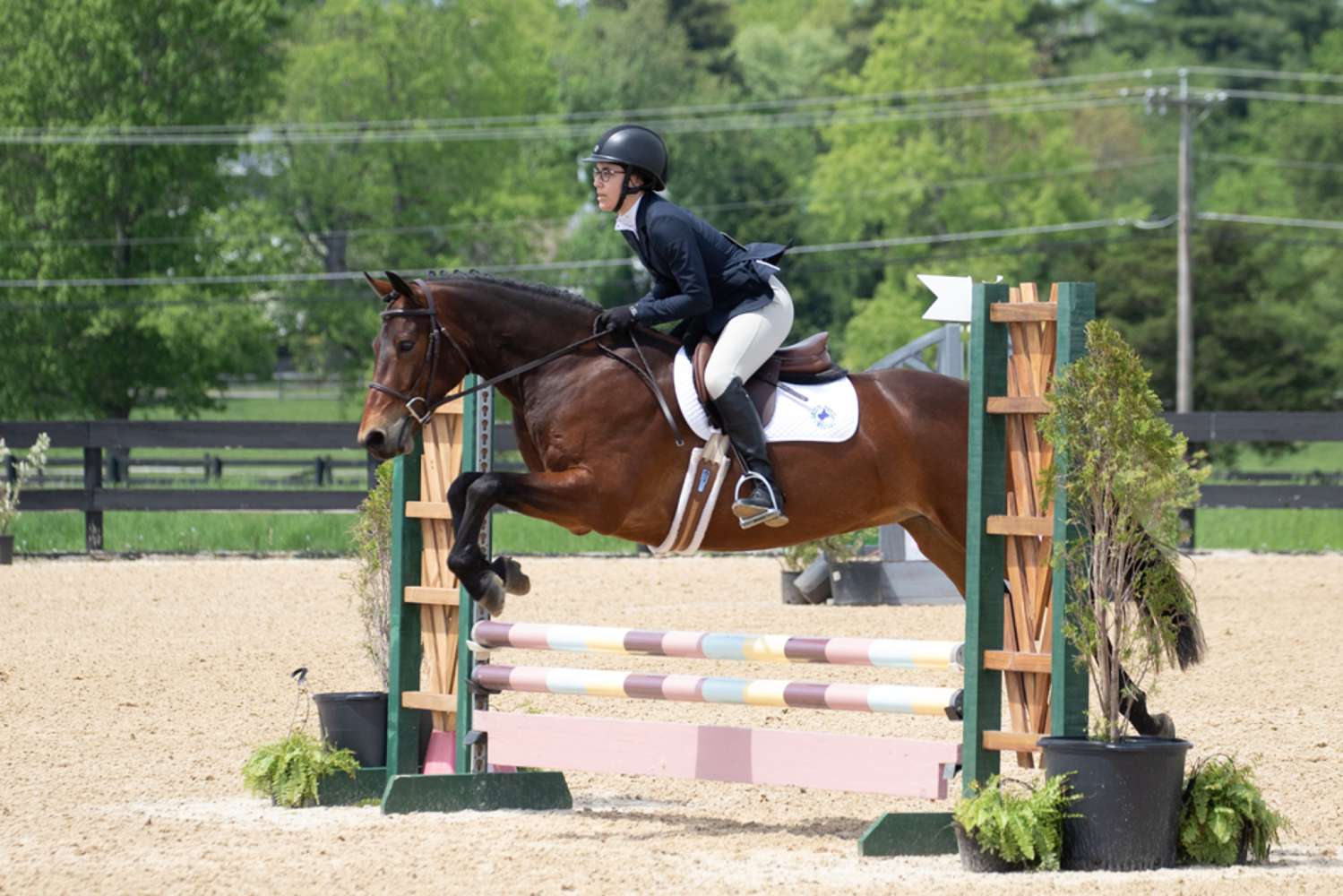Welcome to EN’s third annual Rolex Rookies series! We’re thrilled to be profiling the new faces on the entry list for Rolex this year, and we couldn’t be more excited for these riders taking their first crack at Kentucky. We’ll be bringing you exclusive profiles on each Rookie pair, so keep checking back to learn more about the competitors you’ll see at Rolex.
Next week has been a long time coming for Kurt Martin.
“A four-star event — Rolex — that’s the pinnacle for every young rider,” he said. “I’m really truly happy that it’s finally here, and I’m actually more excited than nervous at this point.”
Kurt has been an eventer ever since his parents signed him up for Pony Club as a kid, seeing a love of animals and a particular interest in horses. “I like eventing because it takes a ton of dedication,” Kurt reflected. “For all the hard work you put in, it doesn’t always pan out, but you have to believe that it will. And other riders and friends will be there to pick you up when things aren’t going so well.”
Kurt has had his share of ups and downs since striking out from his hometown outside of Pittsburgh and starting his own operation in Middleburg, Virginia, 13 years ago. Buying, importing and selling horses was his main business, but Kurt still had upper-level ambitions for himself.
It wasn’t until 2012 that Kurt decided it was time to make a move to pursue his own four-star dreams after selling one of his imports, Master Frisky, to Boyd Martin. Kurt’s current two upper-level mounts, Anna Bella and Delux Z, were both purchased with the goal of Rolex in mind.
Deluz Z or “Lux,” an 11-year-old Irish Sport Horse gelding (Lux X Drumin Imp, by Master Imp), will be Kurt’s mount for his first four-star next weekend. Bred by Tomm Finn, the horse was purchased through Irish friends Jane McDonald and Cameron MacLeod whose sister, Susan, had originally started him.
Though he’s a very sweet horse in the barn, Kurt says Lux can be challenging under saddle. The horse had an early penchant for dropping rails despite having a great jump, but Kurt had a hunch about him.
“He’s really grown on me,” Kurt said of Lux. “We’re clicking together now and he knows the job. Sometimes he still gets unlucky in stadium jumping, but he’s entirely capable.”
Kurt says Lux really came into his own just last summer. After receiving a Rebecca Broussard Travel Grant to compete in the inaugural CCI3* at The Event at Rebecca Farm, Kurt made the most of his trip from Virginia by winning the event with Lux. The pair then went on to earn top 25 finishes at the Plantation Field CIC3* and Fair Hill CCI3* in very competitive fields.
Kurt said his mentors, Phillip Dutton and David O’Connor, each bring invaluable help as he campaigns his own horses. “Having people like them is the only reason that I keep improving.”
But in addition to good coaching, Kurt also continually studies the sport on his own: “I constantly watch a lot of footage of show jumping and eventing and study a lot of different riders. There are so many things that different riders are good at. It’s interesting to see how everybody gets the best out of their horses and also to see how young horses pan out over time.”
Also in Kurt’s corner are his parents, Bill and CarolJean. Though neither have an equestrian background themselves, it doesn’t keep them from supporting their son’s goals and cheering him on. They have even found a way to participate alongside him as owners. “They like to see the events and meet and talk to different people. It’s something we can share together,” Kurt said.
Kurt and his mother CarolJean are the co-owners of Lux — one of many horses the mother-son duo has bought together. Lux may hold a little more significance, though; not only because he will now be Kurt’s first four-star horse, but also because he was purchased on Mother’s Day four years ago.
Even though Kurt has been a lifelong eventer, the prospect of his first four-star didn’t start to feel like a real possibility until two weeks ago after he and Lux finished 12th in their final prep run at The Fork CIC3*. “Once we got home and Lux had settled in right away, that’s when it started to feel real.”
As for how Kurt his preparing for the biggest event of his career: “I just want to stay consistent with what’s working for us. I don’t think this is a time for pressure,” he said. “It’s a time to stay consistent.”
It just so happens that Kurt’s birthday, April 30, falls on Rolex cross country day this year, and he would love nothing more than a quick, clean round with Lux. Overall though, he simply wants to enjoy his first Rolex experience.
“I’ve waited so long and put so much into it. I want to finish and be happy with the horse and with myself. Even if the weekend isn’t perfect, I want to be able to break it down and see what we need to improve on,” Kurt said. “I’m really just looking to have fun and have a healthy, happy horse afterwards.”
Here’s wishing Kurt a very happy birthday next weekend, as well as the best of luck to him and everyone behind Team Delux Z! Go Eventing.











